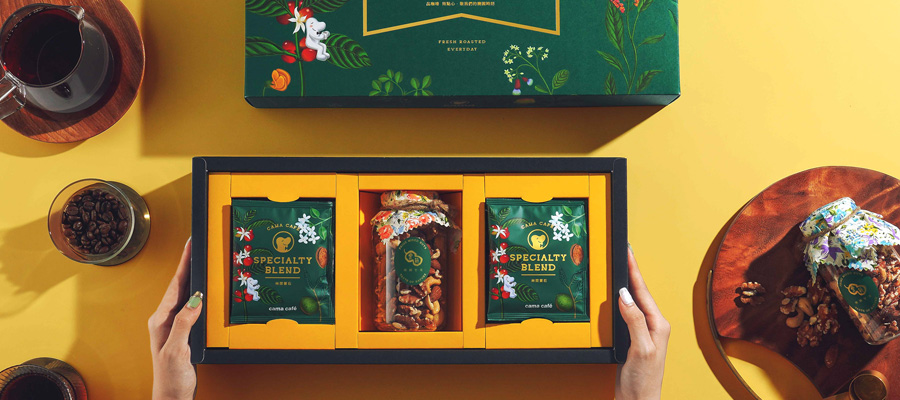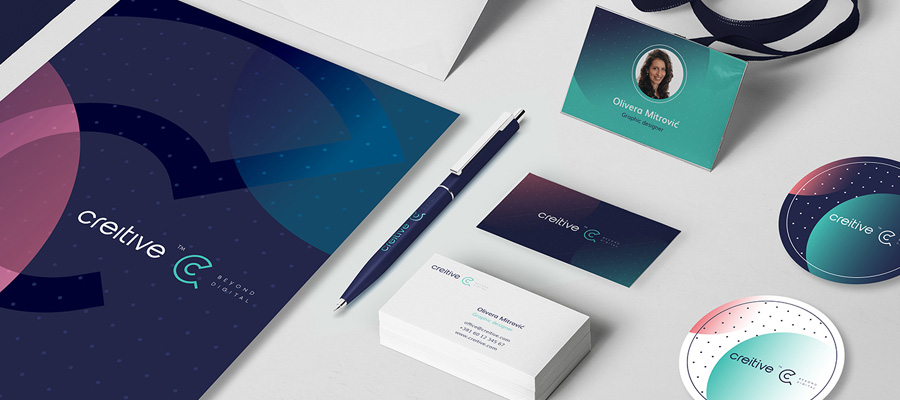For choosing a strong label and adhesive you need to consider the application, the type of product, surface, and environment of the product.

Labeling is an important part of brand identity. It lets the customer know what the product has and who it belongs to. A strong label is important because your products are going to be shipped and transported to different places and if the label gets damaged, it will not properly represent your company or even make it to the intended recipient.
To make sure the labels stick to the product firmly, you need to have a high-quality label and a strong adhesive. Choosing the right type of adhesive and label material can be difficult as it depends on a lot of things.
In this article, we will show you some tips to pick the right label material and adhesive.
How to Pick the Right Label Material
Label materials decide the longevity and appearance of the label. The shape and size of the product will also determine what type of label materials are needed for that product.
1. The Application of the Label
Labels can be applied in two ways. One is by hand, and the other is by machine. Most of the time, it is better to apply labels through machines. Applying by hand is very time-consuming for large-scale productions and it can leave air bubbles inside the label.

Candle + Friends Packagings by Cansu Merdamert
You can label by hand if you are applying paper materials such as matte gold, silver paper, or fluorescent paper labels. Other label materials like gloss materials and opaque materials need to be applied by a machine.
2. The Color of the Product
If you want the color of the product or the container to be visible, you need some transparent materials for the labels. Also, you need to make sure that the color of the label and the color of the product do not match. Otherwise, the label will be hard to make out.
Gloss materials are perfect here because they have a shiny appearance, making them visible from far away. For some fun and interesting face stock materials, you can check out the labels created by laser ink jet labels.
3. The Shape of the Product
The shape and size of the product also determine what type of label material you need. You need different labels for flat, curved, round, smooth, and rough surfaces.
For flat surfaces, you can use any type of material. For curved and round products such as bottles, you need to use materials that can bend easily and will not break or crack when bent. Transparent and synthetic materials are perfect for this.
Avoid gloss materials for curved and round products. If your product is squeezable such as a shampoo bottle, then use polyethylene materials.
4. Environmental Conditions
Cold and warm environments require separate materials. If your product will be stored in a cold environment, then pick cryogenic labels composed of woven polyester, nylon, or polypropylene materials.
For warm environments, pick polyester or polyimide materials. Polyimide is exceptionally good because it can withstand up to 338 °C of heat.
5. The Material of the Product
Lastly, the material where the label will be applied to also dictates what type of material you need to use. This is because some label materials can react to the product material.
For products made with plastic, use polyolefin materials. For products made with cardboard or paper, use simple paper labeling materials. For metallic products, use industrial vinyl or metalized, clear polyester.
How to Pick the Right Adhesive
You have to use strong adhesives to make sure your label stays firmly attached to the product. Here are a few tips to consider when choosing the adhesive.
1. The Different Types
Permanent Adhesives
These types of adhesives are great for long-term application. Even though they are permanent adhesives, they might not stick to all types of surfaces and materials.
Removable Adhesive
If you require labels that can be removed and reapplied multiple times, it is a good idea to look into removable labels with a specific type of adhesive specially designed for reapplication.
Aggressive Adhesive
These are stronger than permanent adhesives. They are engineered to withstand wear and tear and harsh environments. Aggressive adhesives are commonly used in powder-coated metals, rubber treads on tires, permanent barcodes, etc.
2. The Environment the Adhesive Needs to Withstand
You will need a waterproof adhesive if your label is exposed to water every day. Some adhesives are effective in cold weather and some are effective in warm weather.
For hot weather, pick organic adhesives such as cyanoacrylate, epoxy, or acrylic. They can withstand temperatures up to 300°C. For cold environments, pick polyurethane or epoxy glues. They can withstand temperatures as cold as 15°C.
3. The Stress Level
If the product and label are under a lot of pressure, you need stronger glues that can withstand the extra stress. Gorilla glues are best when it comes to withstanding stress. But they are mostly used for industrial purposes and you rarely need them for your household use.

Logo and labels for Byron Bay Spirits by Mila Katagarova
Epoxy adhesives are very good here as well. The only downside however is that they take a long time to attach the label in place.
4. Chemical Exposure
If the label is exposed to chemicals often, then you need chemical-resistant adhesives. And once again, epoxy adhesives are perfect because they resist a lot of chemicals.
Most adhesives that resist chemicals are a variant of the epoxy adhesive.
5. The Bonding Speed
For commercial and industrial purposes, you need fast bonding adhesives. Most of these fast bonding adhesives cannot withstand too much pressure.
Slow bonding adhesives, however, can withstand a lot of pressure, but also take a long time to bind the labels. Some fast bonding adhesives are rubber glue, hot glue, and super glue. Some slow bonding adhesives include wood glue, silicone glue, and epoxy glue.
Final Thoughts
Damaged, incorrect, and missing labels can create a fiasco inside your stores or factories. Labels carry a sense of brand integrity with them so you need to make sure you use strong materials and the right adhesives to maintain company standards.




















